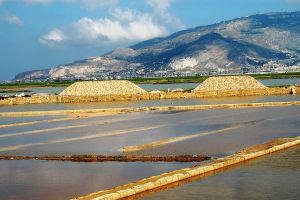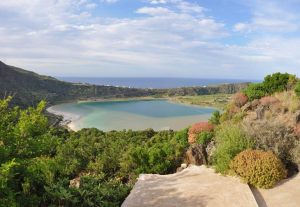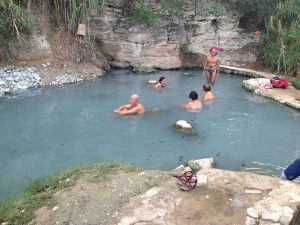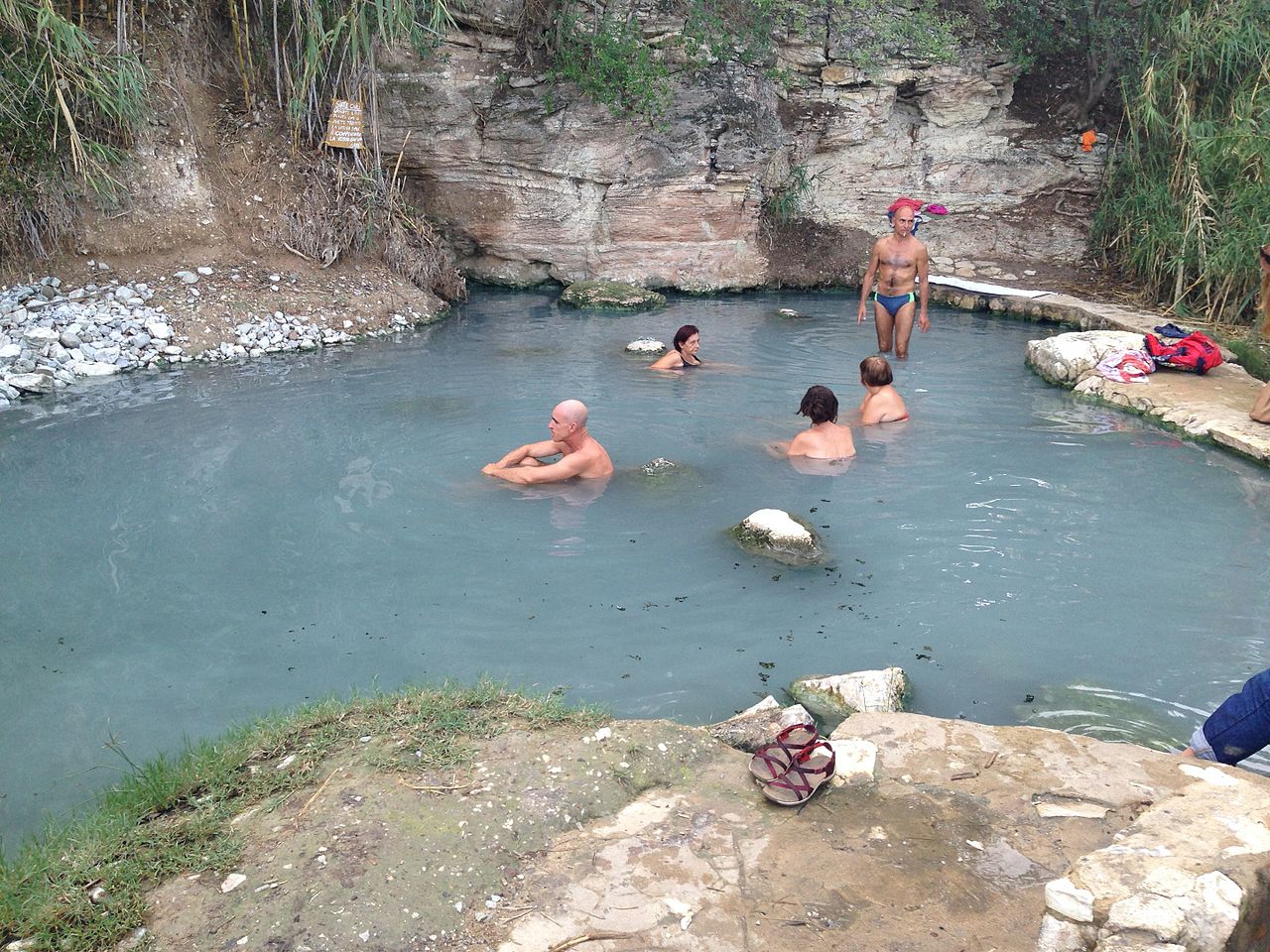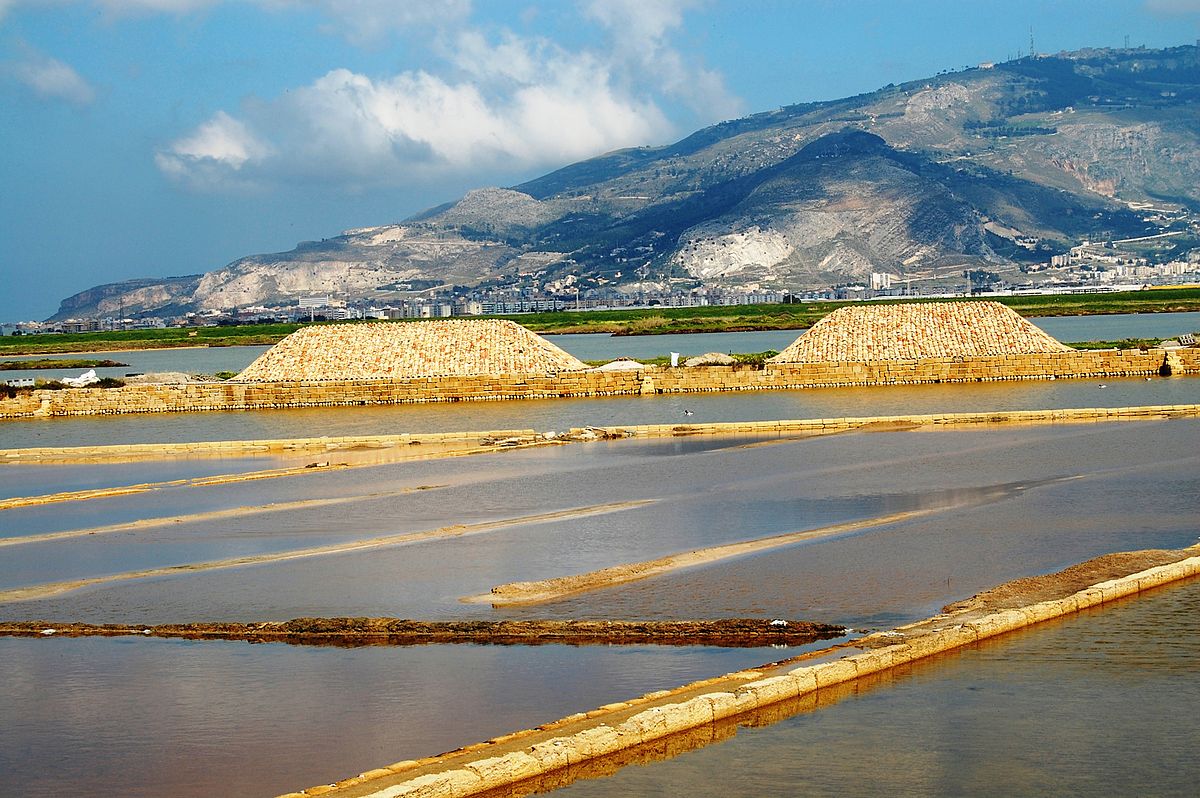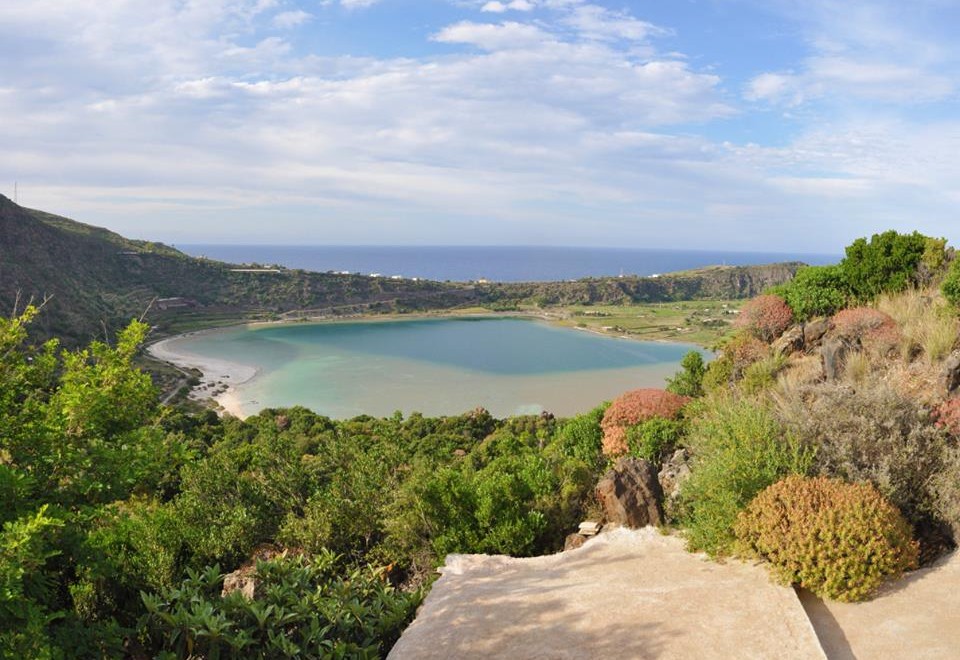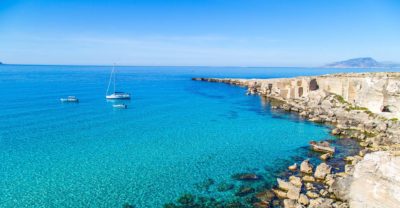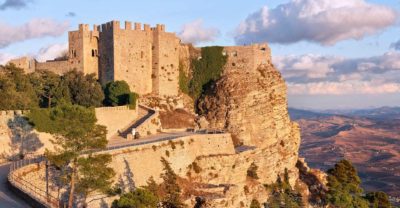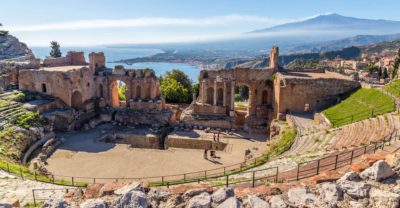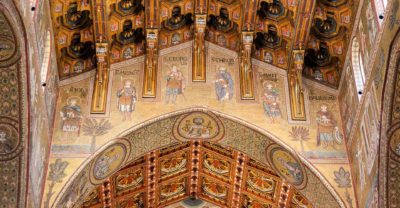Nature tourism
Trapani
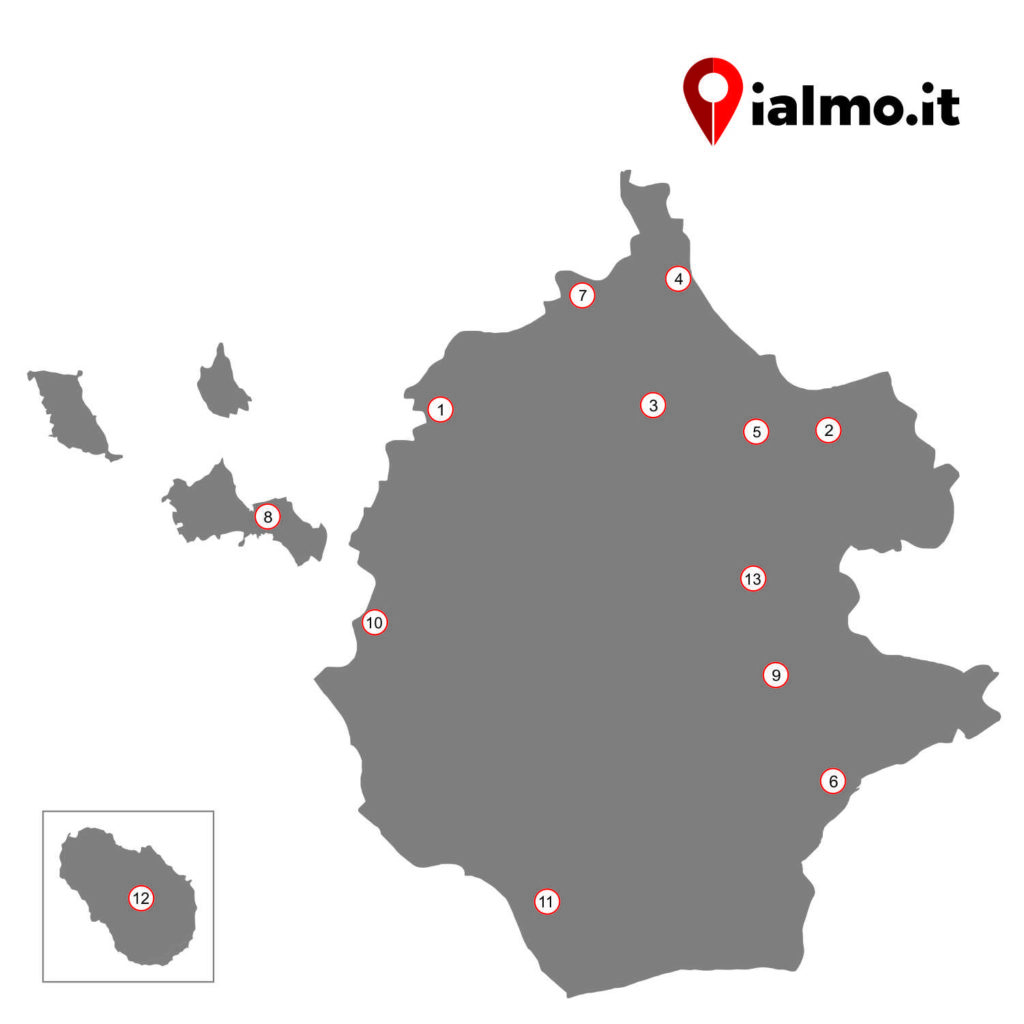
Nature Reserve oriented of the salt pans of Trapani and Paceco, Trapani-Paceco: established in 1995, the Reserve extends for almost one thousand hectares and is managed by the WWF. Within the territory of the Reserve are included the famous Saline di Trapani which, still partly active, are among the oldest in Sicily and are an important testimony of industrial archeology of the territory. Thanks to the protection guaranteed by the establishment of the Reserve, in recent years the activity of salt and salt production has increased again favoring at the same time the return and reproduction of dozens of species of migratory birds, including the pink flamingo. The territory of the Reserve is in fact characterized by a remarkable flora and fauna and offers shelter to numerous species of migratory birds. Finally, remember that the territory of the Reserve is part of the so-called “Via del Sale”, a route that goes from Trapani to Marsala through the ancient saltworks and the many mills in the area allows tourists to discover the various stages of the long and complex process that leads to salt formation: from the cooling of the water in the external tanks, the so-called fridde (larger than the others), to the ruffiana, where the water heats more and becomes more saline, up to the caseddri, the tanks where the first layers of salt.
Bosco di Alcamo Nature Reserve, Alcamo: established in 1984, it is a protected natural area of the Sicilian Region located on the top of Mount Bonifato. The Reserve covers about 200 hectares and since 1921 has been subjected to reforestation with Aleppo pine, cypress and domestic pine to remedy the damage caused by fires and neglect of man. Today the Reserve is important not only for its great naturalistic value but also for the buildings of historical-cultural importance that are located within it or in the immediate perimeter, among these we remember: a prehistoric necropolis, the Castle of Ventimiglia, the Porta Regina, the remains of the fortified town of Bùnifat and the water reservoir of Funtanazza. The suburban park San Francesco and the Segmental Baths of the Gorga district are still to be reported in Alcamo.
Bosco Scorace, Buseto Palizzolo-Calatafini Segesta: the forest covers an area of about 750 hectares on the slopes of Mount Abbatello and preserves a sparse natural tree vegetation dominated by cork oak and holm oak. Other frequent shrubs are the broom, euphorbia, heather and other species typical of the Mediterranean scrub. Among the animals we point out the buzzard, the kestrel, the great tit, the robin, the hoopoe, the rabbit, the hare and the porcupine. Finally, remember that the forest has an equipped area.
Zingaro Reserve, Castellammare del Golfo-San Vito Lo Capo: established in 1981, it is the first natural reserve in Sicily. Of great interest is the lichen flora which includes 130 species, while for the mosses 35 species are known; also detected 27 species of mushrooms. You can also admire small ferns, cyclamens, holly bushes, fragments of cork oak and even the dwarf palm garigue, the odorous broom, the wild thyme, the multiflora heather, the olive tree, the woody euphorbia and the euphorbia di Bivona, laurel, mallow, caper, wild fennel. Among the species introduced for cultivation are the manna ash, the almond tree, the carob tree and the vine. In the upper part of the Reserve we find: the Mediterranean poodle, the thyme, septum, the Sicilian gorggiolo, the Linares saffronanetto, the speronella, the Sicilian Silene, the esoteric autumn mandrake. On the cliffs of Monte Passo del Lupo you can see the very rare limonio di Todaro. The Reserve is home to over 25 species of wild orchids including the crescent orchid, endemic to Sicily. For birdwatchers, it is worth mentioning that in the Reserve there are 39 species of birds, among which the peregrine falcon, one of the last ten couples in Sicily of the Bonelli eagle, the buzzard and the kestrel. During the migration period, specimens of golden eagle and honey buzzard were also sighted. Also present are the imperial crow, the black bunting, the solitary sparrow, the rock partridge, the seagull, the wild pigeon, the common swift, the pale swallow, the gray crow, the magpie, the goldfinch, the nightingale, the owl, tawny owl. The caves of the Reserve are home to eight species of bats, including the rare brown earring, the horseshoe, the mini-bat, the bat-worm. In an area of the Reserve rich in pools of water it is possible to meet the crab of fresh water. Among the insects, the woodcutter bee, the Vanessa atalanta, the panfago, a large grasshopper unable to fly. Inside the Zingaro Nature Reserve there are the Naturalistic Museum, the Museum of Marine Activities, the Museum of Rural Life, the Museum of Manna and the Center for Environmental Education.
Terme Segestane, Castellammare del Golfo-Alcamo: known and exploited since ancient times, the Terme Segestane are part of the group of springs that flow along a fault at the foot of Mount Inici. The thermal baths of Castellammare del Golfo are located in the Ponte Bagni district where the mineral waters flow at a temperature of about 47 ° C and with a flow rate of almost 110 liters per second. Here treatments include mud, caves, massages, whirlpools, aerosols, inhalations and irrigations. Another establishment of the Terme Segestane is the one created in a former mill in the Gorgia district, 1 kilometer from the Alcamo railway station. Not to mention in the territory of the municipality of Castellammare del Golfo the Wood of Scopello and the Tonnara di Scopello.
Nature Reserve of the Belice River Foce and Limitrofe Dunes, Castelvetrano-Menfi (AG): established in 1984, it is the ideal place for the life of many species of birds that stop there during migrations like herons and other waders, or nest like the fratino, the moorhen, the beccamoschino and the reed warbler. Inside the Reserve you can also find one of the most beautiful and unspoiled beaches in the area
Monte Cofano Nature Reserve, Custonaci-San Vito Lo Capo: Monte Cofano is a limestone mountain promontory with a characteristic triangular shape overlooking the sea. The area of the Reserve is affected, both on the surface and in depth, by numerous karst phenomena related to the remodeling of the calcareous rock by the water. In the territory of the Reserve there are the coastal garrigue with dwarf palm and the ancient woods of holm oak and downy oak as well as several species of wild orchids including Robert’s orchid, the mirror ofride, the yellow ofride, the ofride fior of Vespa, the Italic Orchid and the Butterfly Orchid. We also remember the presence of several species of resident birds such as the peregrine falcon, the kestrel, the buzzard, the raven, the wild dove and the common gull. The suburban park of Cerriolo and the Tonnara di Monte Cofano are worth noting in Custonaci.
Nature Reserve of the Egadi Islands, Favignana: established in 1991, the Reserve hosts, in addition to the wonderful beaches always crowded with tourists, the typical Mediterranean scrub and garrigue. The vegetation consists of oleastro, mastic, carob, euphorbia dendroides and sumac. There are also the sea cabbage, the maritime fiorrancio, the Boccone fennel. In the eastern area of the island there are several gardens, the so-called hypogea, located inside the now abandoned tuff quarries.
Grotta di Santa Ninfa Nature Reserve, Gibellina-Santa Ninfa: is a protected natural area established by the Sicilian Region and entrusted in management to Legambiente Sicilia. The Cave of Santa Ninfa, from which the Reserve takes its name, is a horizontal karst cavity of 1,400 meters. A European rarity of immense speleological value both for its system of meanders and tunnels (in the past completely filled with water) and for the original forms of chalk concretions and crystallizations. In the lower branch of the cave the waters of the Biviere torrent still flow today.
Regional Nature Reserve of the Stagnone Islands, Marsala: the Reserve takes its name from the lagoon and includes the whole archipelago including several islands including Mozia. In the Reserve it is possible to spot the pink flamingos that more and more often choose the Isola Grande as a resting place and the posidonia, a rare quality of marine plant similar to the garden grass. The north coast of Marsala, which includes the Stagnone, has become a meeting place for lovers of kite surfing. In 2015, on the occasion of the World Expo in Milan (Expo 2015), the salt pans and the lagoon of the Stagnone were chosen, through a competition organized by Expo and Fai, as a place in the heart of the Italians.
Integral nature reserve Lago Preola and Gorghi Tondi, Mazara del Vallo: subjected to protection in 1981 by the Sicilian Region, the area became a Nature Reserve in 1998 and is also recognized as a protected wetland under the Ramsar Convention, together with the neighboring marshlands coastal area of Capo Feto. The Reserve, which is also a Sic (Site of Community Interest), is now managed by the WWF. There are several species of wild orchids, anemones, asphodels, daisies, dandelions, the widow and the spiny oak as well as many species of aquatic avifauna.
Nature Reserve Oriented Pantelleria Island, Pantelleria: Pantelleria Island is home to the Pantelleria Island Nature Reserve and a large lake, the Venus mirror, whose basin occupies the remains of a volcanic caldera. In 2016, the Reserve and a large portion of the island were included in the Pantelleria Island National Park.
Bosco di Monte Baronia, Vita: equipped with picnic areas, located about 500 m from the village. The wood offers marvelous panoramic views and traces of the ancient niviere, concave constructions in the shape of an inverted cone where the snow was massed, which, appropriately insulated with layers of straw and earth, resisted several months to the solid state.
